Mashing together different genres is now mostly a prerogative of indie developers, who try to find their own niche in the overwhelming gaming industry. Golem Gates is a perfect example of such a genre mashup.
It combines the elements of real-time strategy with collectible card game mechanics. You can build different units that will spawn on the battlefield just like in an RTS, but their abilities in combat are controlled with the help of cards that you choose to take onto the battlefield with you.
Golem Gates is definitely an interesting experiment, so if you want to know more about this unique game, then keep on reading our review below.
Gameplay Breakdown
The bread and butter of Golem Gates are the so-called Glyphs, typical digital cards that correspond to this or that unit with certain abilities. You start the game with a beginner’s collection of cards, with a possibility to unlock more cards by completing the campaign missions.
Before the start of each match, you need to complete a loadout of Glyphs you want to use and then mulligan the glyphs you don’t need. When the campaign starts, you can use the loadout menu on the bottom of the screen to choose units or abilities you want to use.
The game’s main protagonist is The Harbinger, who controls the energy used to build units. This energy is similar to mana in CCGs, which can be replenished by capturing generators.
In order to capture generators, a player needs to build units of soldiers or machines that can be used on the battlefield to fight enemy units. As soon as your units come across a generator, it must not only be captured but also protected for a certain time.
The more generators you have captured, the more energy you will have available to produce new units and cast powerful spells. All this is needed for the final battle against the enemy Harbinger. But before fighting the enemy Harbinger, you must first find one by using a Projection, a bird of sorts that reveals the hidden parts of the map.
The gameplay is quite simple and intuitive, so if you have prior experience with CCGs and RTS games, you will quickly adapt to the style of Golem Gates.
New Mechanics Overview
A potentially new genre requires innovative mechanics. Well, Golem Gates has something to offer in this department as well. For example, one of the most interesting new aspects of the gameplay is the Shuffling mechanic.
It means that during the fight, when you approach the point of having no cards in hand, instead of going into fatigue or simply losing the match-up, you get to shuffle your deck and get another round of cards. However, the process of Shuffling takes 15 seconds, during which you can’t do anything with your cards, like building units or casting spells.
It may not sound like too long, but in Golem Gates, the battles are very swift, and 15 seconds can actually change a lot. But still, it’s much better than losing on spot because you’ve used all of your abilities.
The other innovation is not as well-executed as the Shuffling mechanic. It concerns the crafting of new cards, or the so-called Forging. Instead of letting players craft any card from the entire collection, you are given five random, new cards on a daily basis from which you can craft what you need.
First of all, this limits the amount of cards you can craft, and secondly, it greatly diminishes the choice of the cards you want. It would be far better if the developers would just let players craft whatever and whenever they want.
It would greatly boost the online match-ups and really show the power level of what Golem Gates can offer. But other than that, the game is quite fascinating, and there’s a huge potential in this unique mash-up of genres.
Graphics and Sound
Besides the gameplay aspects of the game, Golem Gates is extremely well-executed. The graphics and the map design are very reminiscent of the Starcraft series. It’s a pleasure to look at, and nothing distracts you from the actual gameplay. The models of the units are very nicely detailed, and you can actually distinguish one unit from another.
The same goes for sound effects, which fit everything really well. The machinery sounds are awesome, as are those for the weaponry, such as lasers, swords, and AOE effects. When combined with gorgeous visual effects, the game turns into a truly immersive experience.
It gets rough only during massive battles when too many units clash together. You can’t cast an AOE or it will damage your own units, you can’t build anything outside due to shaded areas, and so on. So this needs some more testing and fixing.
Final Verdict
Golem Gates is undoubtedly an interesting product, albeit a bit rough around the edges. It has several cool game modes for players to try out, including multiplayer. It has great graphics and sound, as well as a few completely unique gameplay aspects.
But the card crafting system is deeply flawed and must be addressed as soon as possible. Also, there isn’t much in terms of character customization for the Harbingers, which look all the same. But the units look cool, so at least we have that.
If you want to experience well-balanced gameplay with lots of decision-making, then Golem Gates is for you. If you can ignore all the above remarks, then you will definitely enjoy this game. It definitely has the right to live and even create its own little niche of CCG/RTS mash-ups.
[Note: A copy of Golem Gates was provided by Laser Guided Games for the purpose of this review.]

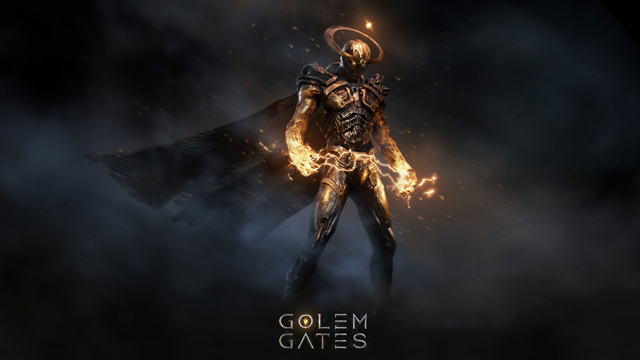
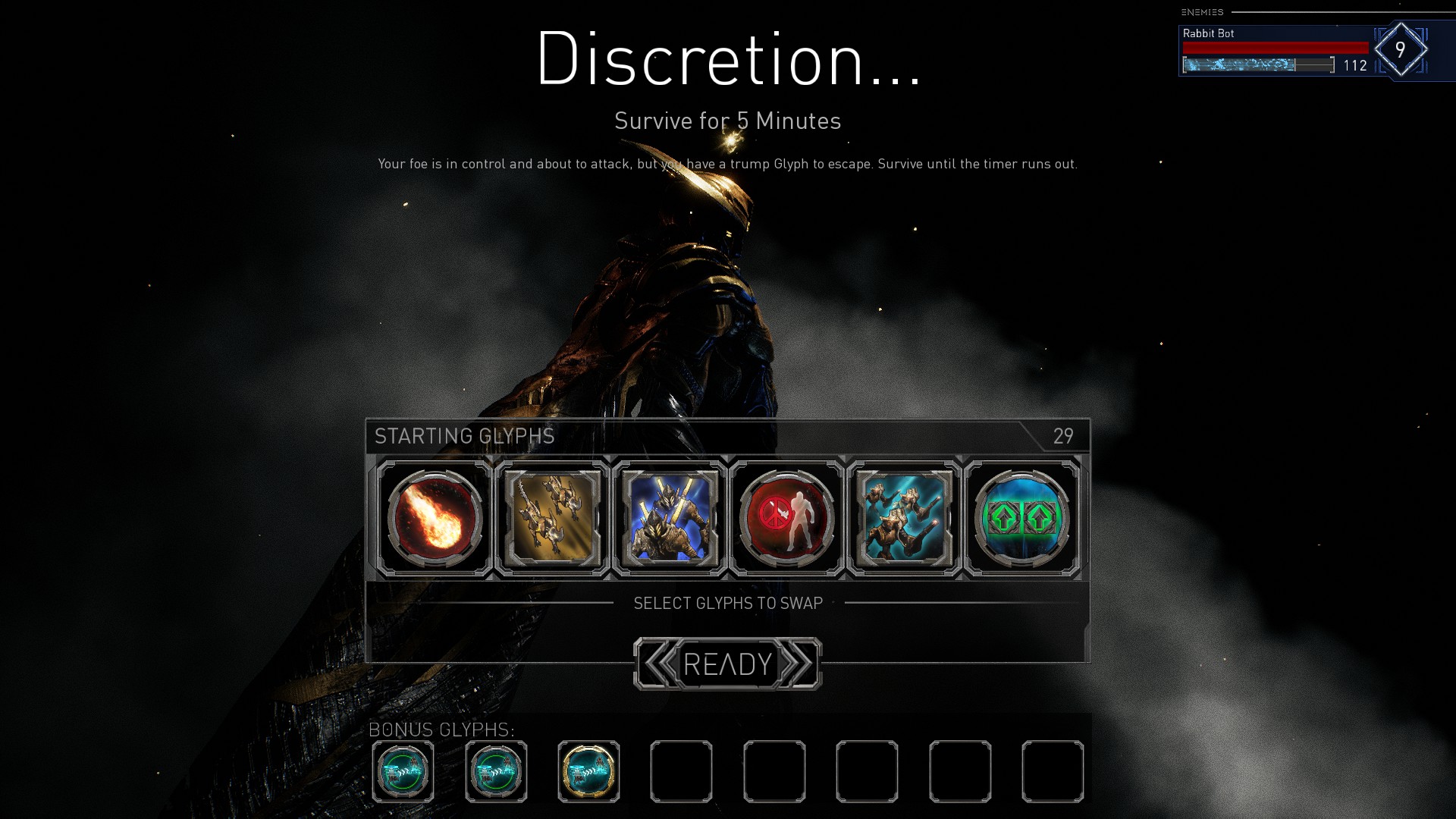
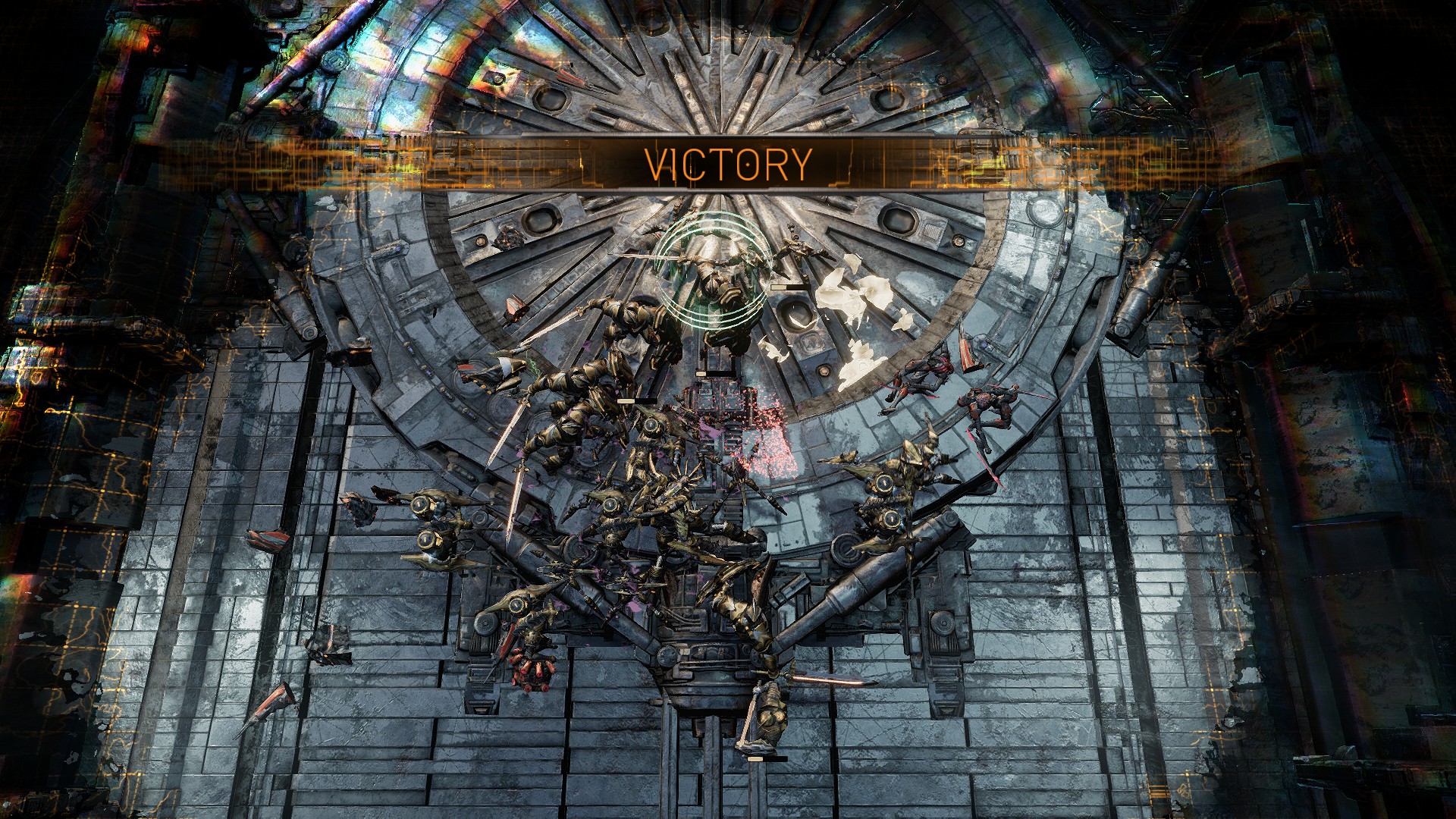
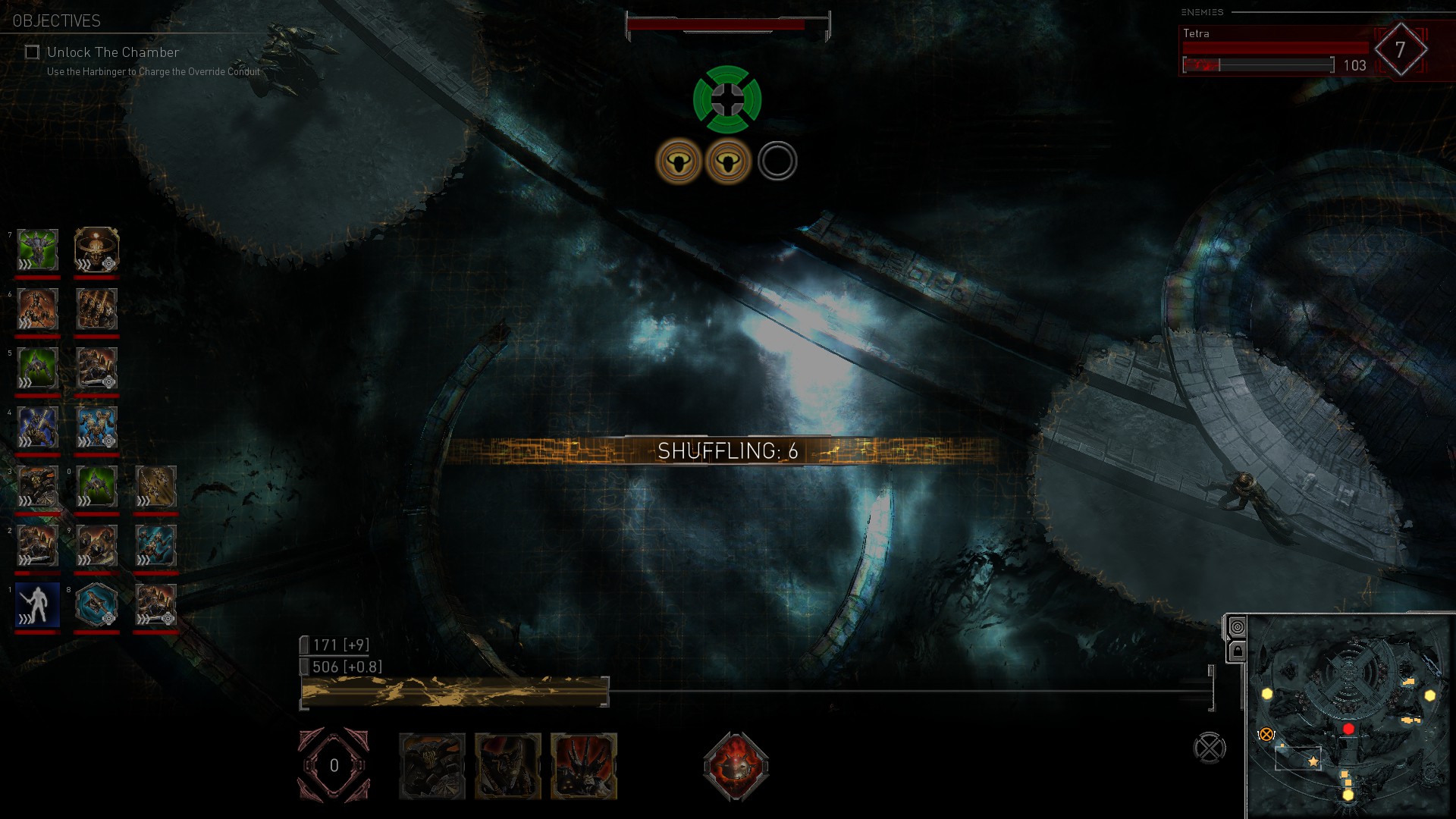
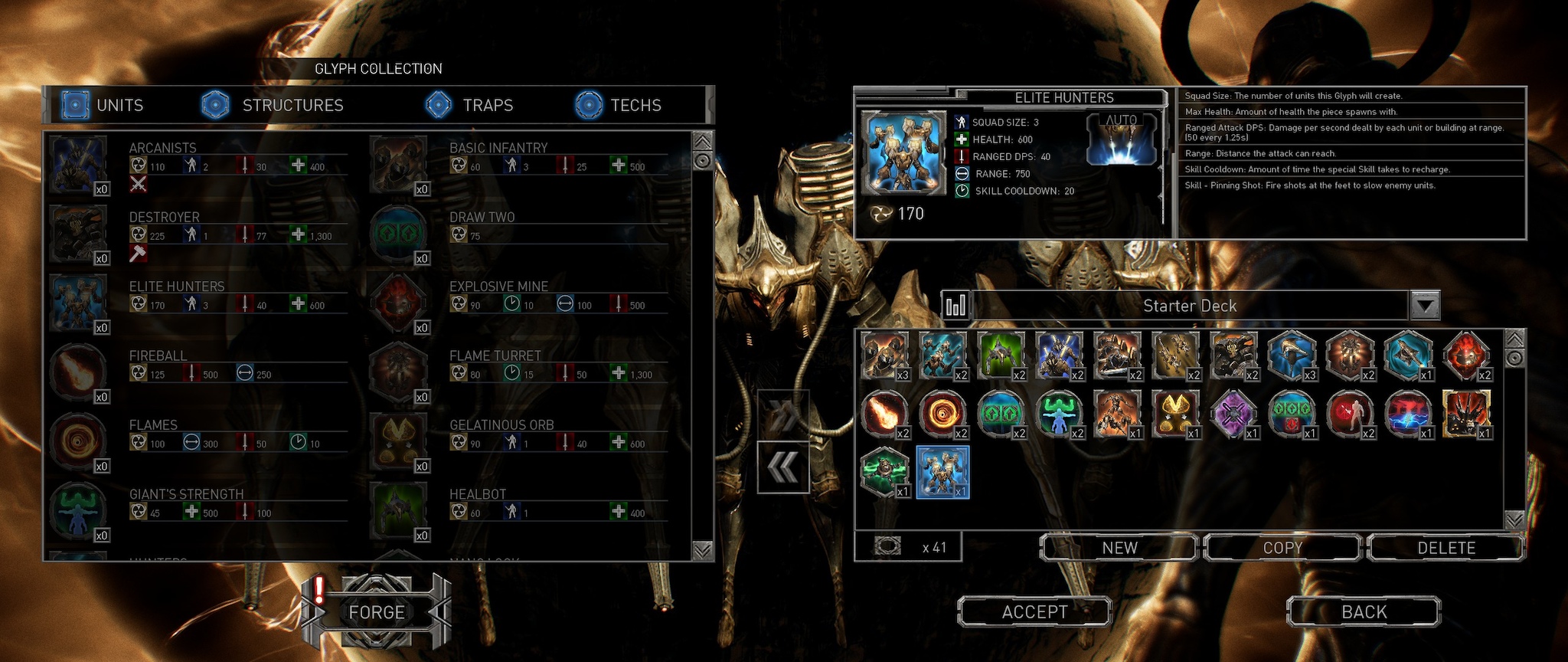
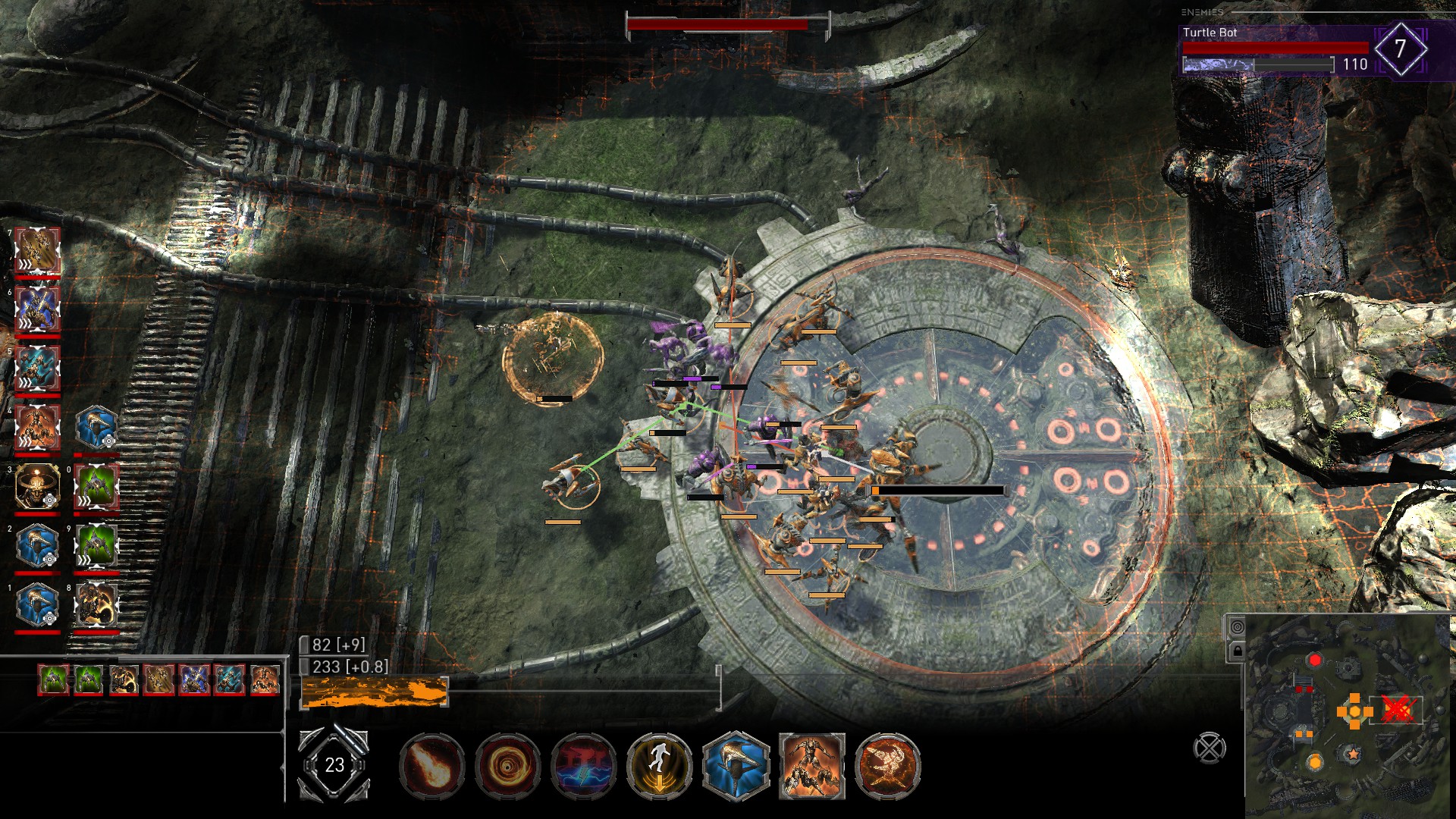





Published: Apr 12, 2018 12:11 PM UTC